Get in touch
Text us at (631) 837-2344
the 5-s Framework
How to Engineer Your Menu to Increase Sales
The 5-S Framework is a battle-tested system designed to transform your menu into a silent salesperson. By strategically structuring your menu, suggesting high-margin items, optimizing sales tactics, and embedding your brand story, you create a menu that does the heavy lifting for you—without increasing labor costs.

Understanding this matrix is critical—because if you don’t know what’s making you money (or losing it), you’re making blind decisions.
#1: Strategy
Your menu should not be neutral. It should be strategic—designed to push the right dishes to the right customers at the right time. But that’s not what happens in most restaurants. Guests order whatever sounds familiar, servers recommend whatever they like, and signature items get ignored.
If you don’t control what people order, they will default to safe choices—chicken fingers, hamburger, Caesar salad. That means your most profitable and unique dishes get overlooked. The best way to analyze your menu’s performance is by classifying each item into one of four categories based on popularity and profitability:
- Stars: Your MVPs—high sales, high profit. Feature them prominently.
- Puzzles: Strong margins but low sales. Rebrand, reposition, or promote to unlock their potential.
- Plowhorses: High sales but low margins. Optimize portions, pricing, or bundling strategies.
- Dogs: Low sales, low profit. Cut them or fix them.
#2: Structure
Most restaurant owners assume customers read menus the way they were written—thoughtfully, section by section. They don’t. Customers scan menus in 109 seconds or less, making quick, instinctive decisions based on layout and design. That’s why menu structure is critical.
A poor menu structure puts obstacles between your guests and their decisions. A great menu structure removes those obstacles, making it effortless to order and spend more. The easier it is for customers to make a decision, the more decisions they’ll make.
Four common (and costly) menu structure mistakes:
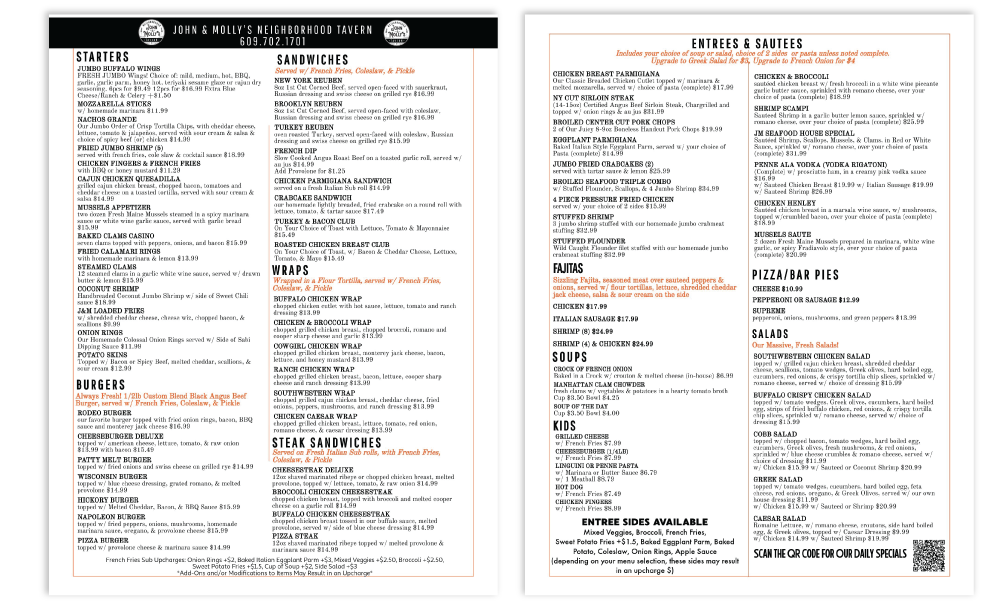
The Dictionary
Long lists of items, difficult to read, straining the eyes.
The Collection
Separate menus for brunch, lunch, dinner, cocktails, prix fixe—overwhelming guests with too many options.
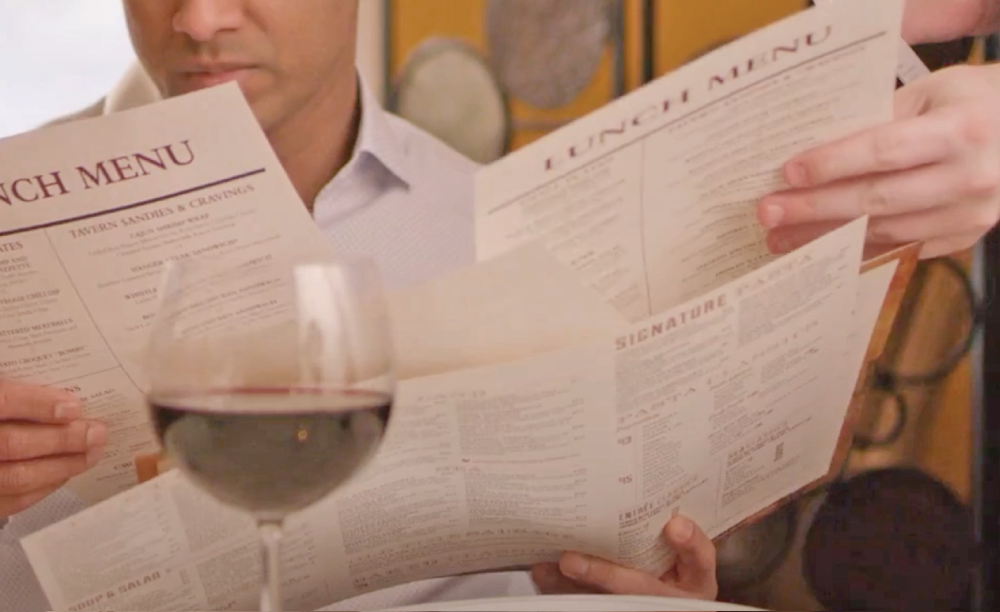
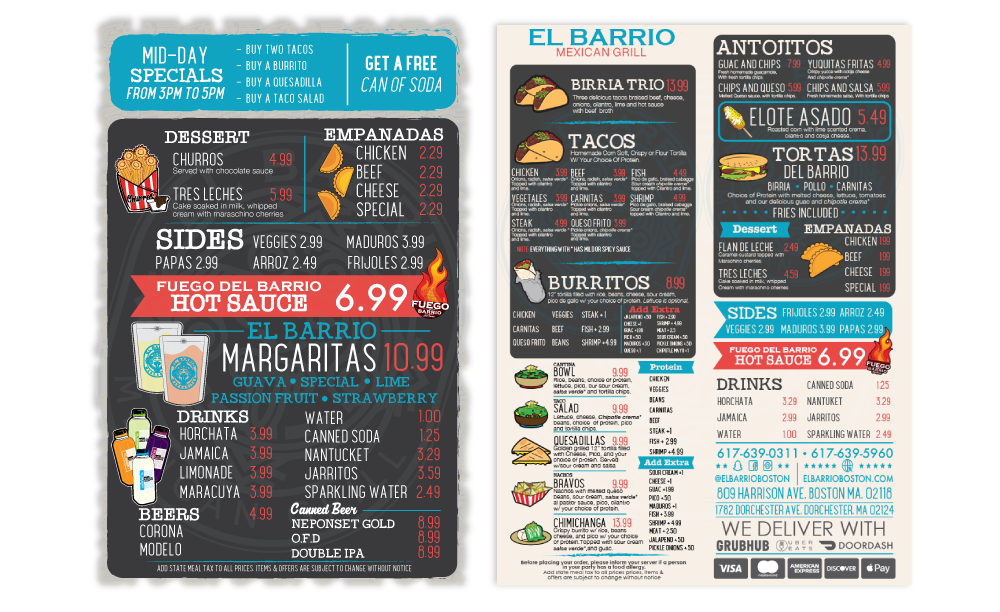
Too Much of a Good Thing
Overuse of photos, graphics, colors, and fonts—if everything stands out, nothing stands out.
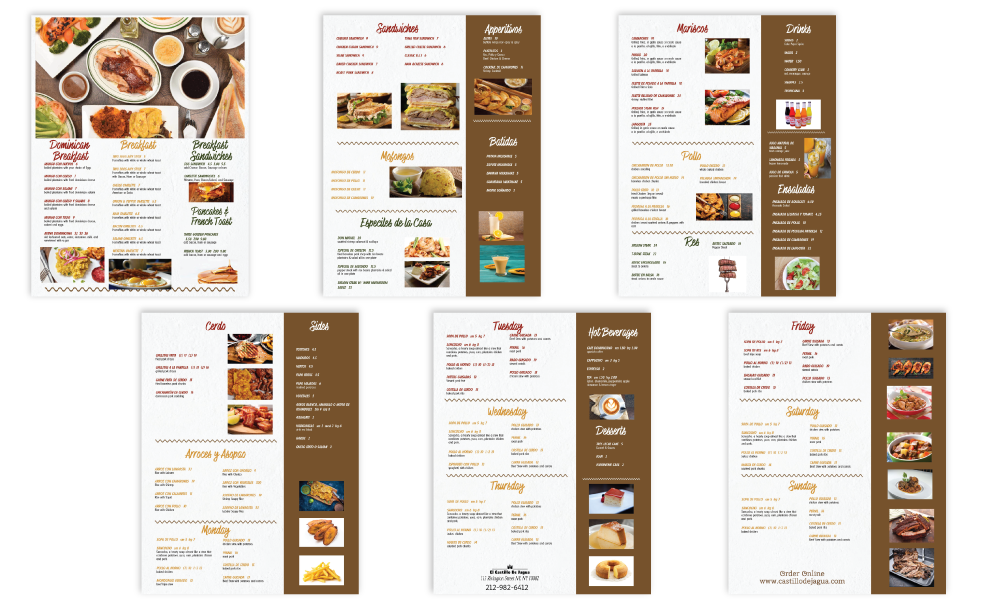
The Workbook
Fragmented information across multiple pages, forcing customers to flip back and forth.
#3: Suggest
Your menu can be wired to suggest specific items and turn into a Recommendation Engine that sells without being pushy.
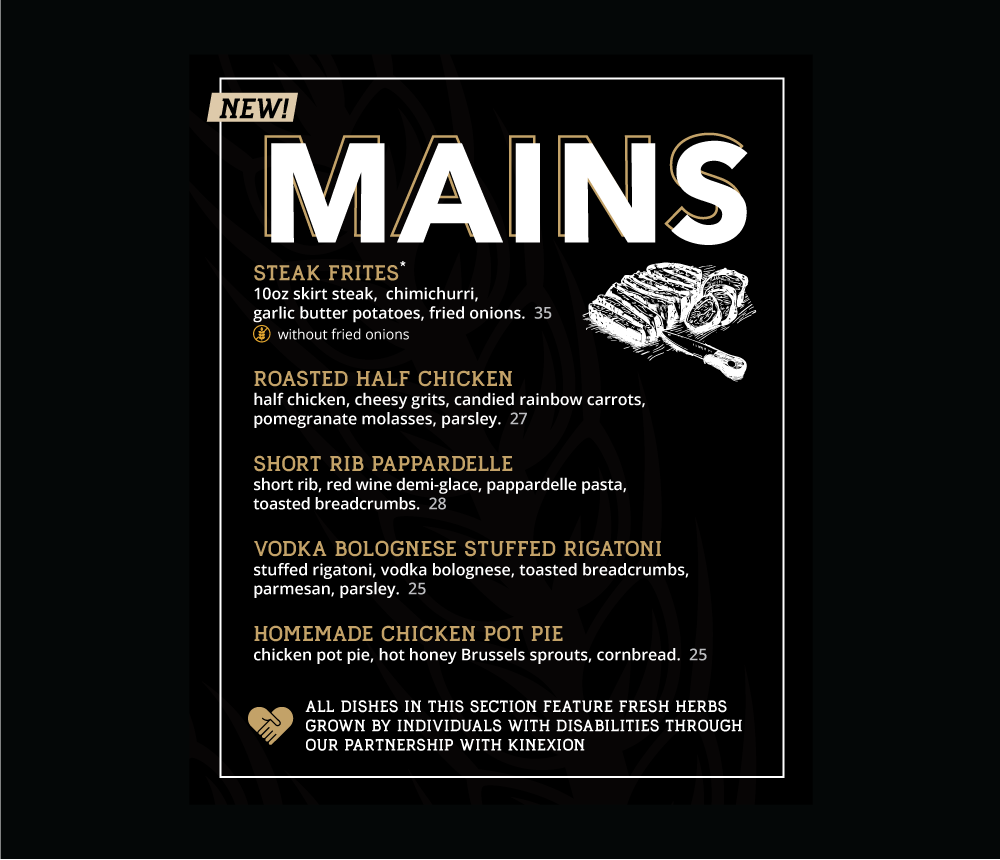
Eye Magnets
Visual techniques that highlight specific dishes or sections.
- Items placed inside a box get 25% more attention.
- Using Illustrations: Graphics that highlight a specific section or item.
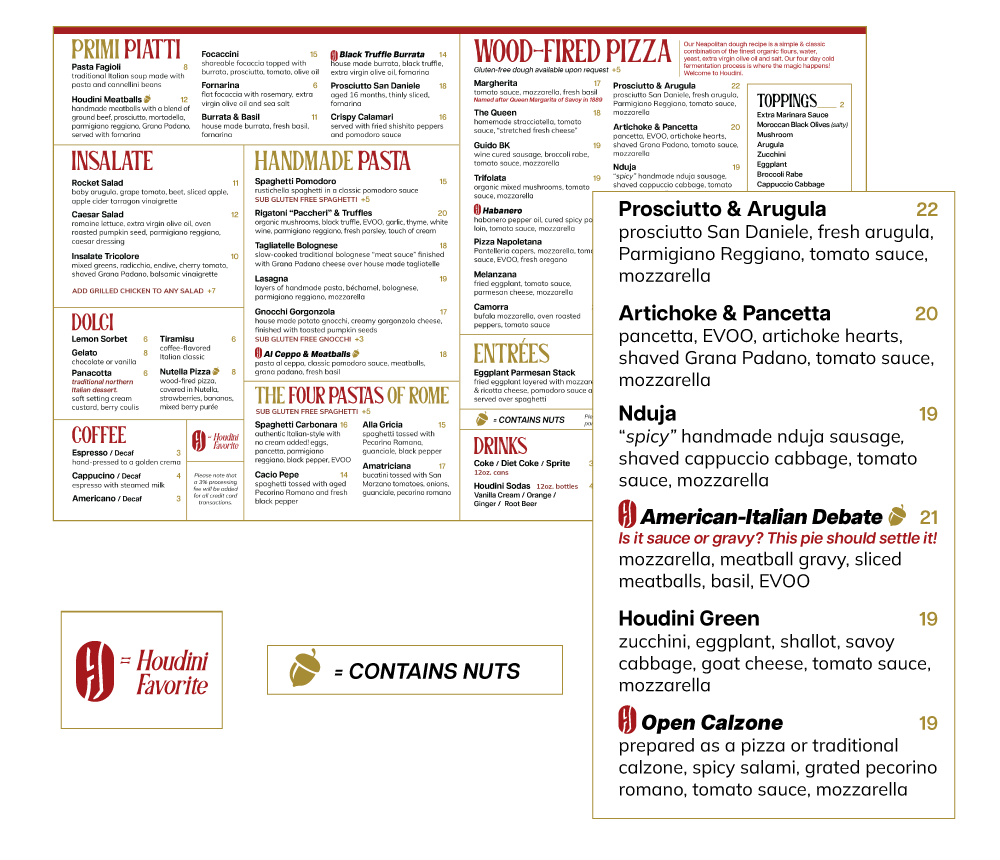
Subtle Cues
Non-pushy recommendations that influence choices.
- Customer Favorites: A subtle logo mark next to house specialties reinforces their uniqueness.
- Allergies & Dietary Icons: Indicating dietary needs not only help guests but also draw extra attention to these dishes.
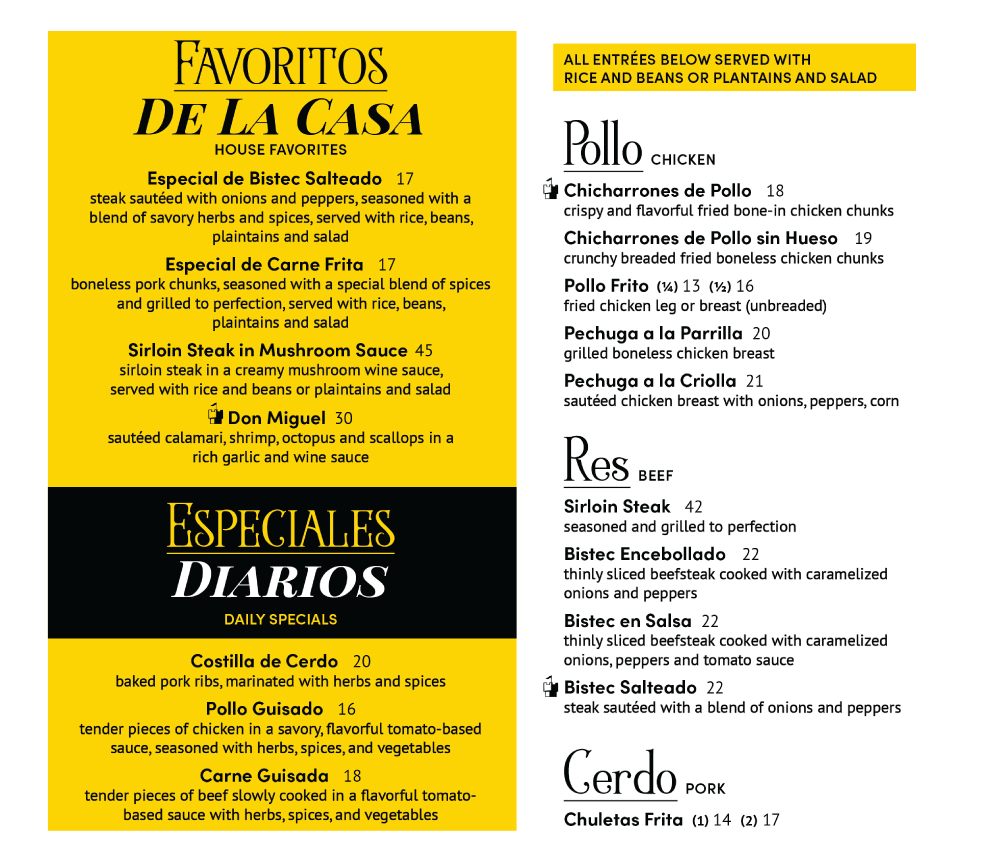
Feed the Imagination
Turn Puzzles into Stars by tempting the taste buds. Sensory descriptions make unique dishes more appealing.
Customers are more likely to try unique items if they understand what goes into crafting them.
#4: Sell
Your menu has more power to increase sales than any marketing campaign, discount, or Instagram ad. A well-optimized menu boosts check sizes, guides customers toward profitable choices, and increases sales—without requiring extra effort from your staff.
Upsell Techniques
Use eye magnets to promote profitable add-ons.

Bundles & Pairings
Combine complementary items to increase perceived value.
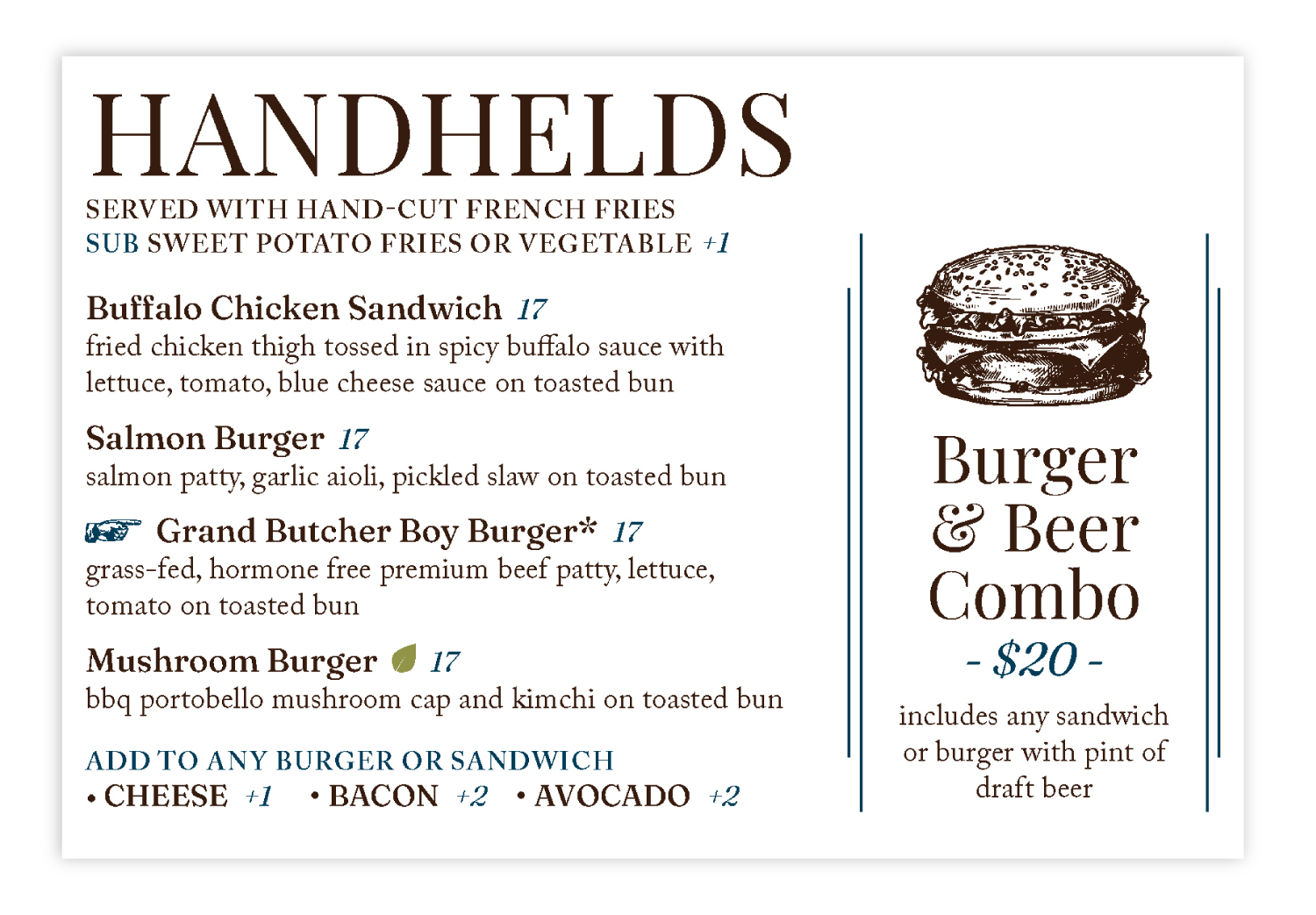
Modifiers
Allow customization—most guests are willing to pay more to “have it their way.”
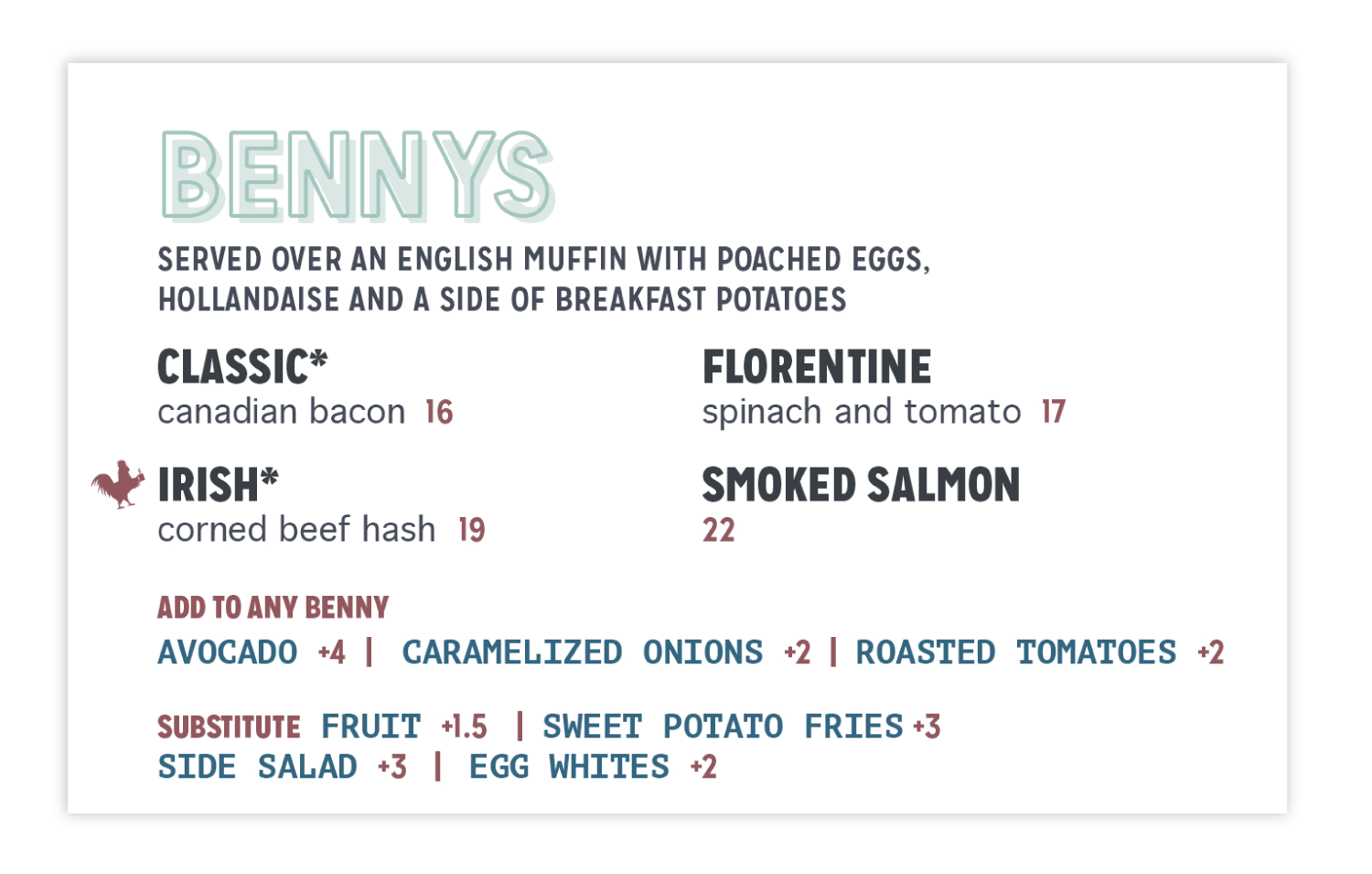

#5: Story
Your restaurant is more than just food. It’s an experience, a memory, a feeling.
Yet most restaurant owners fail to communicate this. They focus on promotions, discounts, and deals—the same tactics as everyone else. The result? They get compared, commoditized, and ignored.
A strong brand story creates emotional connections, makes price irrelevant, and keeps customers coming back—not just for the food, but for the experience.
Ready to get started?
Our 20-hour prepaid block covers our full menu onboarding process, designed to maximize your restaurant’s profitability and operational efficiency.
Menu Onboarding Includes

Kick-Off Call
We discuss your restaurant’s goals, challenges, and opportunities.

Menu Audit & Analysis
We review your current menu, pricing, and sales data to identify areas for improvement.

Full Menu Redesign & Engineering
We optimize layout, pricing, and item placement using proven menu engineering techniques.

Profit-Driven Strategy
Our approach ensures your menu not only looks great but also encourages higher check averages and increased profitability.



